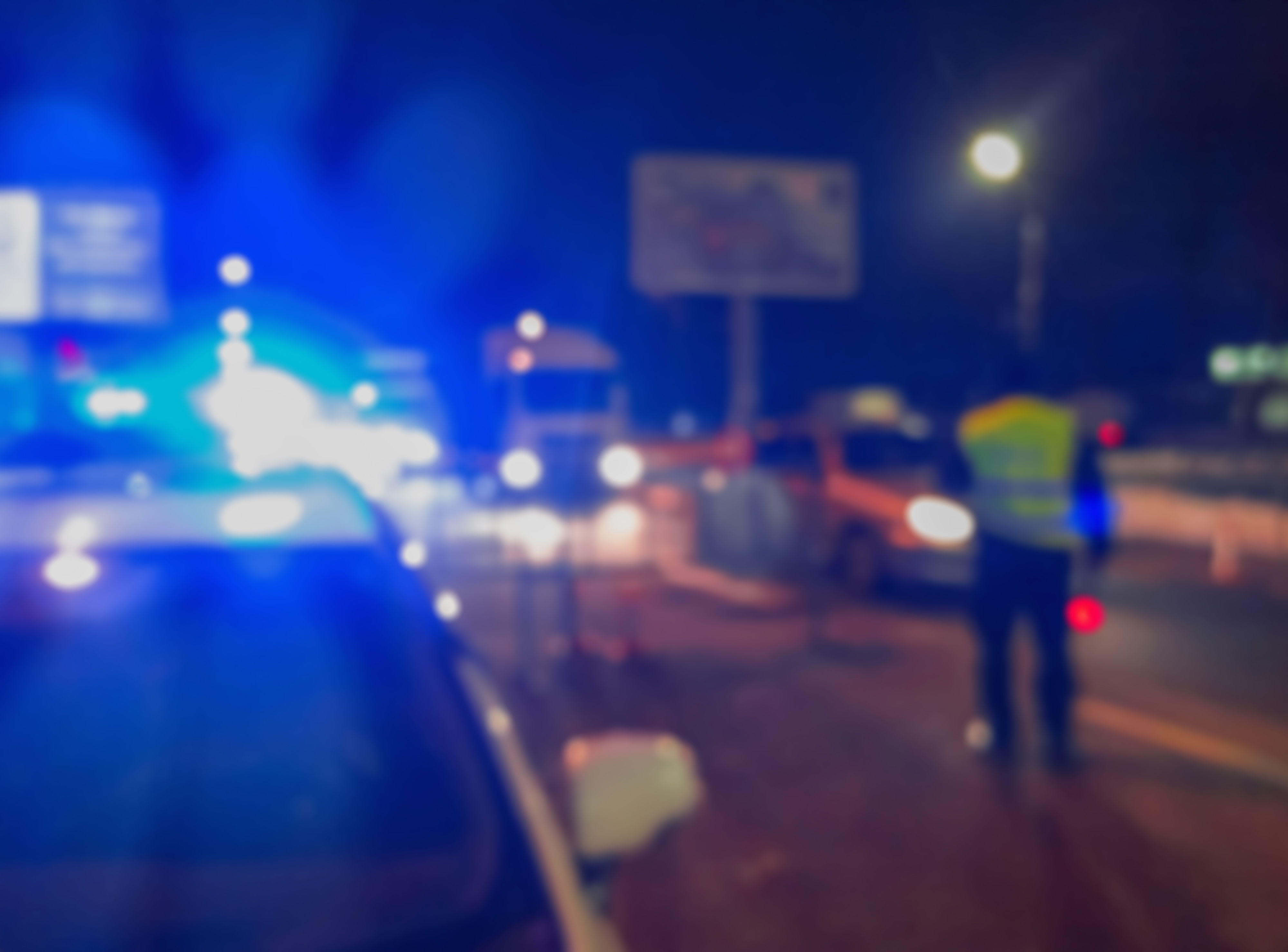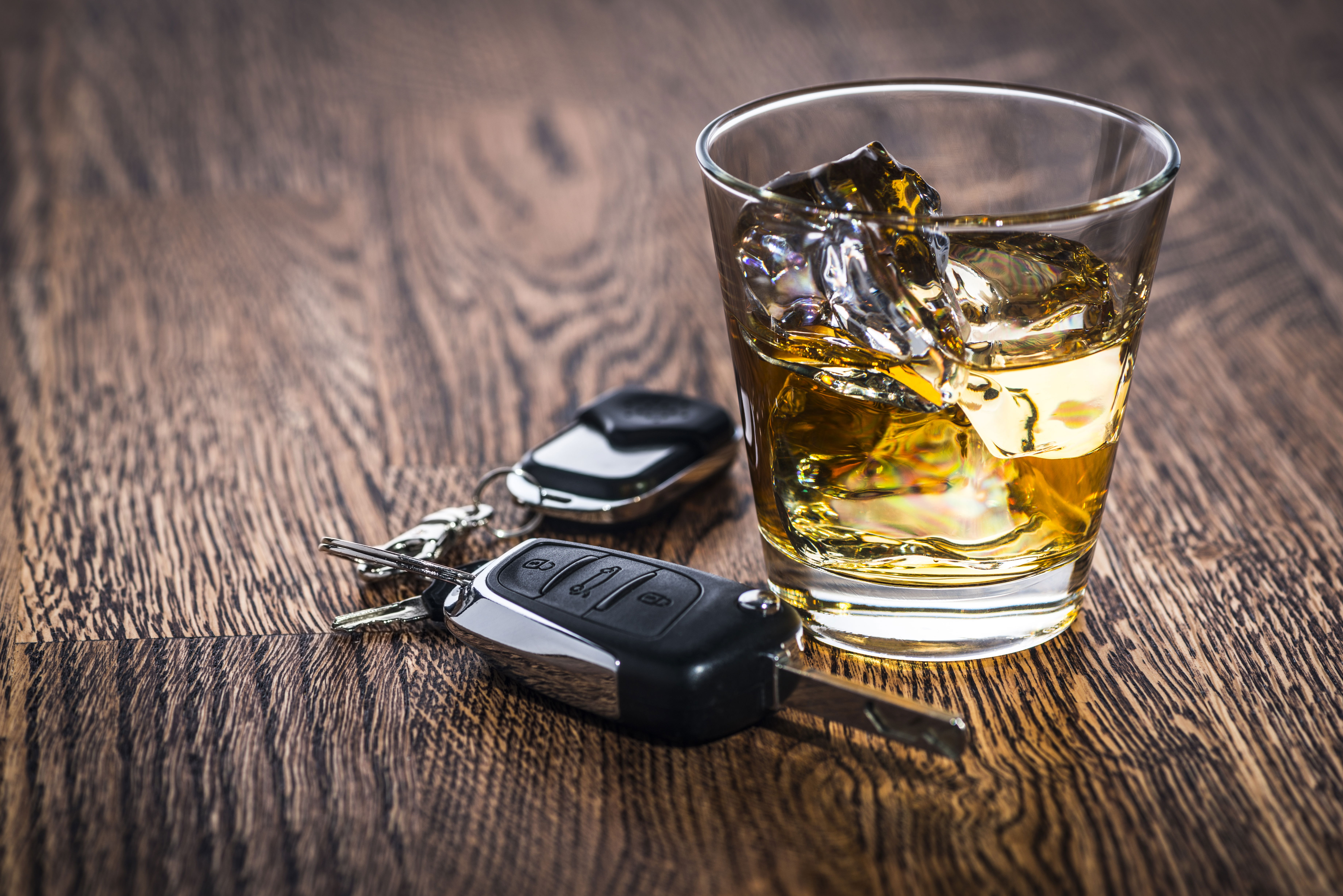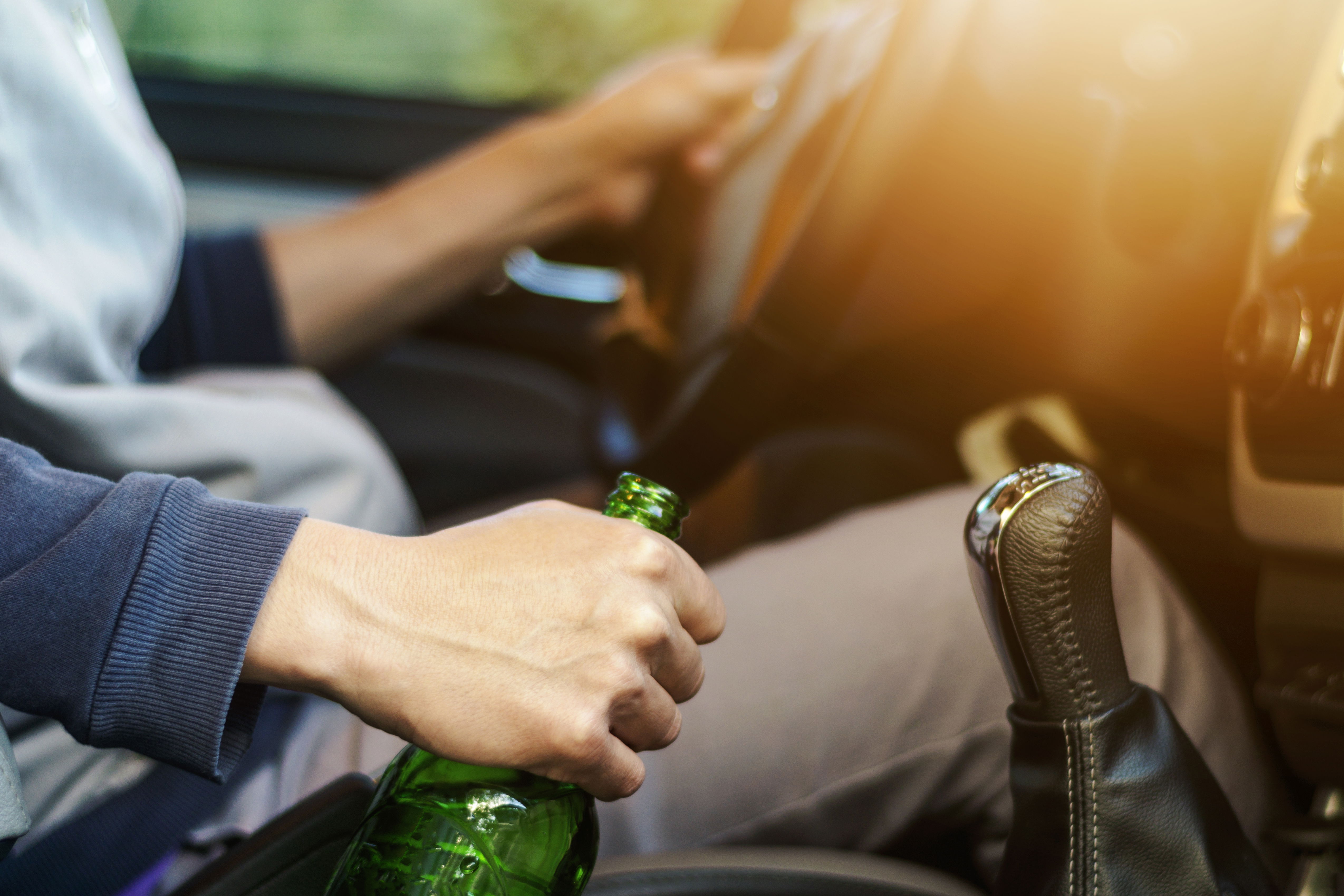It turns out the pandemic didn’t just bring us sourdough bread obsessions and endless Zoom calls. According to a recent study by the Insurance Institute for Highway Safety (IIHS), it also fueled a serious—and unexpected—spike in deadly drunk-driving crashes.
Between 2020 and 2022, impaired driving deaths jumped, and the reasons go far beyond just looser liquor laws. The IIHS points to a potent cocktail (pun fully intended) of factors: worsening mental health, fewer police officers on duty, and yes, pandemic-inspired booze delivery and takeout cocktails.
Alcohol Delivery Isn’t the Whole Story

Let’s get this out of the way first: Alcohol delivery apps weren’t the main villain here (though they didn’t help). The study found that states allowing home delivery of alcohol saw about 304 more impaired-driving deaths per year.
Meanwhile, those allowing to-go cocktails from bars and restaurants strangely experienced 450 fewer deaths annually. Researchers admit they’re still scratching their heads on that one. Maybe people grabbed a to-go drink, went home, and stayed there?
Mental Health & Policing: The Deeper Drivers

The biggest driver of the spike, though, wasn’t alcohol policy—it was something much deeper. Rates of depression and suicide planning surged during the pandemic, and those mental health struggles had deadly consequences on the road.
IIHS researchers found that for every one-point rise in adults reporting major depression, about 304 additional fatal drunk-driving crashes happened each year. Similarly, a half-point increase in suicide planning resulted in roughly 322 more deaths annually.
Angela Eichelberger, who led the study, summed it up:
“The mental health impacts during the pandemic had a bigger effect than even the reduction in policing. And that’s something we don’t usually focus on when talking about impaired driving.”
And yes, fewer cops played a role, too. Budget cuts and health concerns led many departments to pull back from traffic enforcement. The loss of just five police officers per 100,000 residents was linked to about 214 additional deaths per year from impaired driving.
So… Now What?

IIHS President David Harkey says it’s time for a more holistic approach—what they call a Safe System. That means bringing back visible enforcement (sorry, speeders), expanding DUI courts, and, crucially, better mental health and substance abuse treatment.
“We can’t just focus on one thing like alcohol policy,” Harkey said. “It’s a combination of solutions that makes a difference.”
In short, it wasn’t just to-go margaritas or wine deliveries to blame—it was a complicated, pandemic-fueled mess of stress, sadness, fewer patrol cars, and changing alcohol rules. And while this study highlights a tough reality, it also points toward solutions we can start working on—because we all want safer roads ahead.
Full IIHS study here: IIHS.org